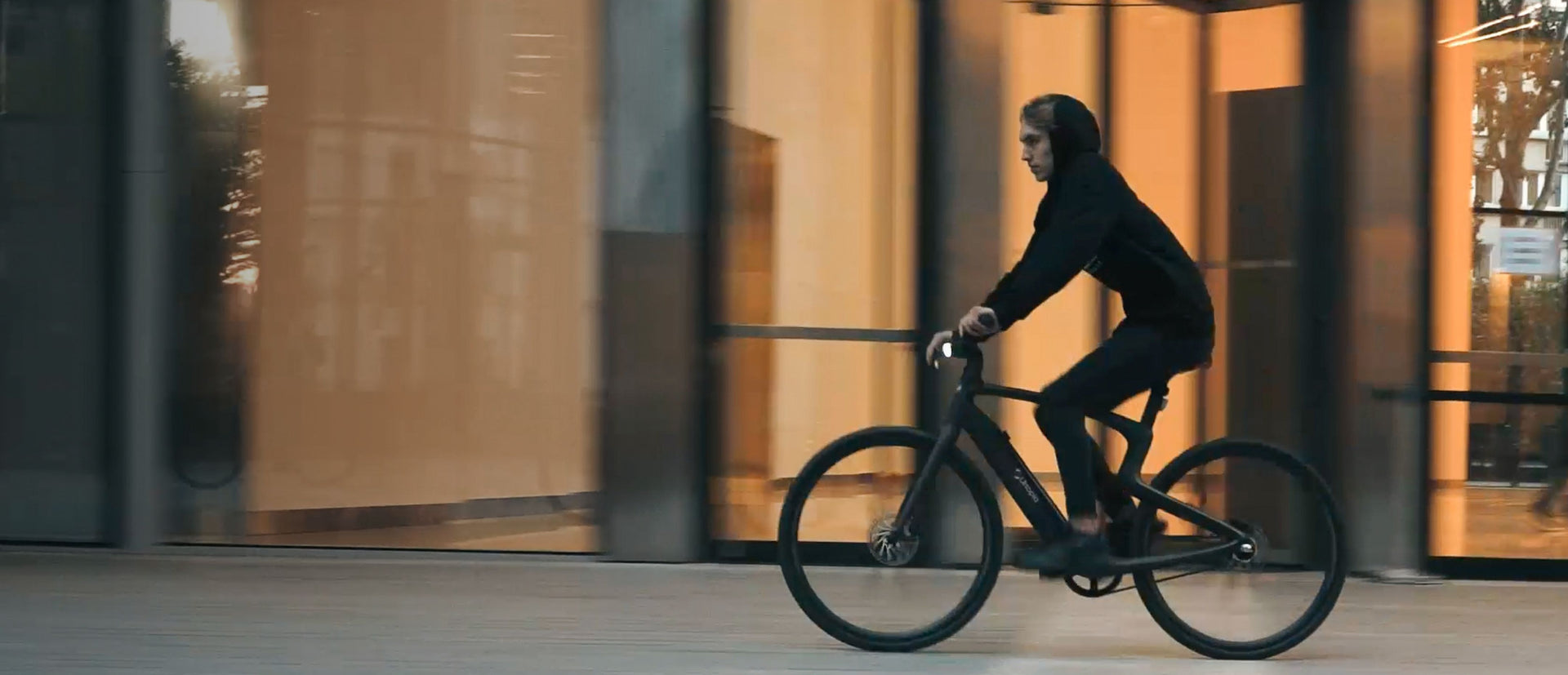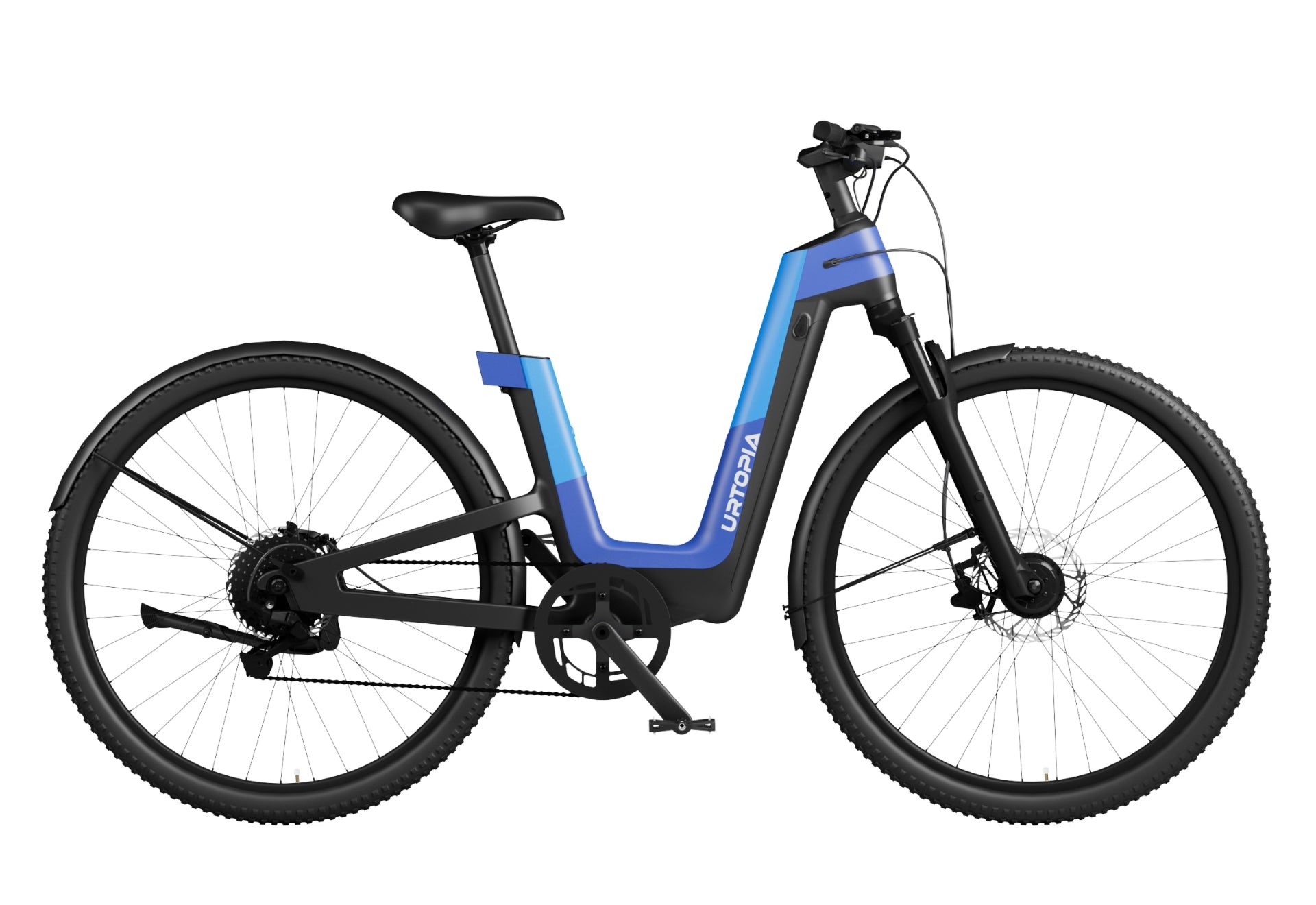
What Are Electric Bicycle Classes?
Updated: Author: ErpanOmer
What Are Electric Bicycle Classes?
Ebikes represent one of the most rapidly expanding types of transportation in the last several years, as far as commuting and recreation are concerned. Electric bicycles are becoming popular as people discover the convenience, environmental friendliness, and fun aspect of using electric bikes, and so knowledge of electric bicycle classes has become a necessity. These types, Class 1, Class 2, and Class 3, are used to regulate the use of Ebikes, user permissiveness of where they can ride, as well as the level of performance that the rider will get.
In this article, we will examine the various types of electric bicycle classes, discuss the differences between Class 1 Ebike, Class 2 Ebike, and Class 3 Ebike, identify the best-reviewed bicycles in each category, and provide a guide to laws and regulations. We will also include some of the very best options that will be available in 2025, such as some of the top models in the Urtopia brand that are very well known for innovative and attractive carbon fiber designs.
Understanding Electric Bicycle Classes
There are 3 electric bike classes. Each of them has a speed limitation and a power type.
Class 1 Ebike
A Class 1 Ebike will not provide the power of a throttle but only has a pedal-assist. The maximum assisted speed of such bikes is typically 20 mph. Class 1 models are the most universally accepted Ebikes and, in most cases, are allowed on bike paths, trails, and shared-use pathways where motorized transportation may be prohibited. They are best suited to fitness-focused riders and commuters who do not want an experience that feels like a motorbike ride.
Class 2 Ebike
A Class 2 Ebike has an electric assist but also a throttle, such that a rider is capable of travelling up to 20 mph without pedaling. This is the reason why they are good with riders who want to enjoy flexibility, e.g., commuters who must ride in stop-and-go traffic in city areas or commuters who may require more of a throttle assist due to their mobility. The Class 2 Ebikes are acceptable in most urban areas; however, bike paths and trails can prohibit throttle-enabled bikes.
Class 3 Ebike
Class 3 Ebike has pedal-assist and is capable of assisted speeds up to 28 mph. These bikes frequently have sophisticated parts such as more powerful motors and hydraulic brakes to handle mobility at extra speed. These are ideal bikes to be used by commuters over long distances or riders who are keen on riding at a higher speed than the traffic in cities. However, Class 3 bicycles are typically not allowed on certain bike paths and can also be subject to stricter control in certain jurisdictions, considered as a moped.
Differences Between Class 1, Class 2, and Class 3 Electric Bicycles
Even though all three categories have pedal support, the most significant differences can be found in the presence of the throttle, the peak speed, and legal usage.
- Speed: Class 1 and Class 2 have a speed limitation of 20 mph, and Class 3 has speeds up to 28 mph.
- Throttle: Full-throttle use without pedaling is only permitted in Class 2.
- Legal Access: Class 1 has maximum access to bike lanes and paths, with Class 2 being sometimes limited by the use of a throttle, and Class 3 tends to be limited to roads and specific lanes.
- Ideal Riders: Class 1 riders can suit casual riders and fitness cyclists, Class 2 suits urban commuters, and those riders who want convenience, and Class 3 is good to suit those who love speed.
By being aware of these differences, riders can be able to choose the appropriate class to suit their lifestyle without violating the local laws.
Recommended Electric Bikes by Class
1. Best Class 1 Ebike: Aventon Ramblas
Aventon Ramblas is a premium Class 1 Ebike, designed to be used in a variety of situations. Its smooth pedal assist and the powerful motor, combined with its design that can take on the streets of the city as well as easy to moderate trails, make it an optimal fit between performance and accessibility. Being a Class 1 model, it can be permitted in the majority of bike paths and is, therefore, a great option for both commuters and recreational riders.
2. Best Class 2 Ebike: Carbon Fusion GT E-bike

The Urtopia Carbon Fusion GT E-bike refines the possibilities of a Class 2 E-bike. It is made using T1000 carbon fiber, which makes it both strong and light, but has a sleek design. As a dual motor electric bike, it delivers impressive acceleration and climbing ability with two 750W peak hub motors, which allow it to generate 1500W power overall. The bike is equipped with a throttle to reach 20 mph with pedal assist that can expand the range by up to 120 miles using a dual-battery system.
Smart technology is incorporated and includes GPS tracking, fingerprint login, Bluetooth speakers, and app-based navigation. The Carbon Fusion GT, priced at $2,799 (down from $3,999), is true-value performance that is equally satisfying to urban commuters and adventurous riders seeking power and versatility.
3. Best Class 3 Ebike: Carbon 1 Step-Thru E-bike

Urtopia Carbon 1 Step through ebike is an excellent Class 3 Ebike that offers the speed and sophistication desired by riders. Its Toray® carbon fiber construct makes it one of the lightest in the category, with an overall weight of 36 lbs. It has a 750W peak motor that supports pedal assist up to 28 mph, even as Shimano 8-speed drive trains and their components ensure smooth shifting.
Smart options are a fingerprint unlock, voice control, app connectivity, and anti-theft tracking via GPS. The battery has a maximum range of 80 miles and is designed to primarily commute in the city, making it perfect to be used by professionals and other long-distance riders who need speed and reliability. It is also one of the best values in its class, at $2,199 (regularly $2,999).
Laws and Regulations for Electric Bicycle Classes
The electric bicycle classes category is also very important in defining the areas where Ebikes should be used. The majority of the states in the United States:
- Class 1 Ebikes may be used on multi-use paths and trails, and bike lanes.
- Class 2 Ebikes are permitted in most places; however, they can be prohibited on natural-surface trails due to throttle use.
- Class 3 Ebikes are usually prohibited on bike paths but permitted on bike lanes and on roads.
Other states also have some rules that include a requirement for helmets in Class 3 or age minimums. Because laws change, it is important that riders review local laws before buying or riding an Ebike.
To choose the extensive selection of compliant Ebikes, take a look at the top-rated electric bikes, or explore Urtopia’s electric bikes collection, including their top-rated commuter Ebikes.
FAQs
Can I convert my regular bike into an electric bicycle of a specific class?
Yes, with conversion kits, but the output needs to fall within speed regulations, motor regulations, and throttle regulations to fit within Class 1, 2, 3 guidelines.
Which class of electric bike is best for commuting?
Commuting is most popular in Class 2 and Class 3. Class 2 gives way to throttle assistance in stop-and-go traffic, whereas Class 3 is able to travel at higher speeds over long distances.
Are all electric bicycle classes legal on trails?
No. Class 1 bicycles are generally allowed on trails, but Class 2 and Class 3 bicycles may not be allowed, depending on the throttle and the speed.
Conclusion
It's useful to understand electric bicycle classes as this will allow you to choose a suitable bike that meets your needs, as well as comply with the local laws. A Class 1 Ebike, such as the Aventon Ramblas, would be ideal for riders who want access to wide trail networks, in addition to fitness. The Carbon Fusion GT Class 2 Ebike delivers both long-range power and ease of use on the throttle, with a design specifically targeting commuters. Meanwhile, a Class 3 Ebike, such as the Carbon 1 Step-Thru, provides speed and smart functionality to urban professionals.
Learning the differences between the classes and knowing the laws, riders will be able to fully enjoy the power of Ebikes and remain compliant and safe. No matter what you want your Ebike to be used for, be it commuter, weekend recreational, or cross-country, you can find the electric bike of your dreams in the industry today under the influence of brands such as Urtopia.